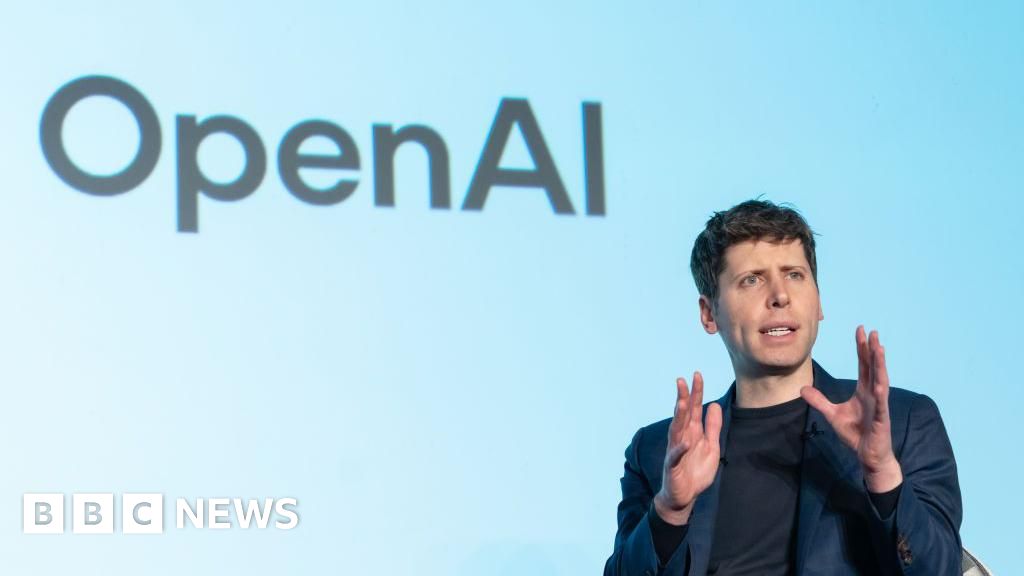OpenAI agreed a seven year, $38bn cloud computing deal with AWS that secures Nvidia GPU infrastructure and large scale compute capacity for ChatGPT and future models. The move reshapes cloud competition, boosts enterprise AI scalability, and highlights multi cloud strategy and hardware supply effects.

OpenAI has agreed a seven year cloud computing contract with Amazon Web Services reportedly worth about $38 billion. The deal gives OpenAI access to large numbers of Nvidia graphics processors and AWS infrastructure to train and run its AI models. Beyond the headline number, the agreement signals a shift in how AI leaders secure the compute capacity needed to scale capabilities and services in modern AI cloud computing.
Training and operating large language models requires vast amounts of processing power. Cloud computing lets organizations rent compute, storage, and networking from providers like AWS instead of owning hardware. Nvidia GPU infrastructure remains the industry standard for training and serving deep learning models at scale because GPUs accelerate parallel arithmetic and matrix operations. For model developers like OpenAI, predictable access to high volume GPUs is essential to avoid delays, rising costs, and limited product rollouts.
What the deal means for businesses, cloud competition, and the AI ecosystem:
A long term, high value contract with AWS secures the steady supply of Nvidia GPU infrastructure OpenAI needs to train larger models and serve millions of users. That stability reduces the risk of capacity shortages during high demand and supports more ambitious development roadmaps for enterprise AI solutions.
The agreement intensifies competition for AI workload hosting. Other providers will reassess pricing and capacity offers, and enterprises may gain short term negotiation leverage. At the same time, heavy optimization for one cloud can create vendor concentration risk, so teams should consider multi cloud architecture and hybrid cloud AI strategies to preserve portability and resilience.
Large long term commitments to Nvidia GPUs can tighten supply for smaller firms and influence pricing across the AI chip ecosystem. Companies should watch inventory trends and plan for compute pipeline optimization by building skills to port models across different hardware stacks.
A deal of this size highlights large scale investment into AI infrastructure and may attract regulatory attention around competition and export controls on advanced chips. For investors, the move signals that hosting leading AI developers is a strategic differentiator for major cloud platforms.
Analysts view the deal as a major bet on sustained demand for AI compute and a vote of confidence in AWS as an AI powered cloud platform. The move aligns with the broader trend of multi billion dollar AI infrastructure investments and the rise of scalable AI data centers designed for generative AI and large language model training at scale.
OpenAI reported agreement with AWS for $38 billion over seven years is more than a headline figure. It underscores how the next phase of AI growth depends on guaranteed access to compute, strategic cloud partnerships, and the economics of scarce hardware. For businesses, the takeaway is clear: infrastructure strategy matters as much as model strategy. Prepare by diversifying cloud relationships, tightening contract terms around capacity, and building the technical agility to move workloads as the market evolves.
What to watch next: whether other cloud providers respond with new offers, how Nvidia manages supply to meet demand, and whether regulators examine the competitive implications.



